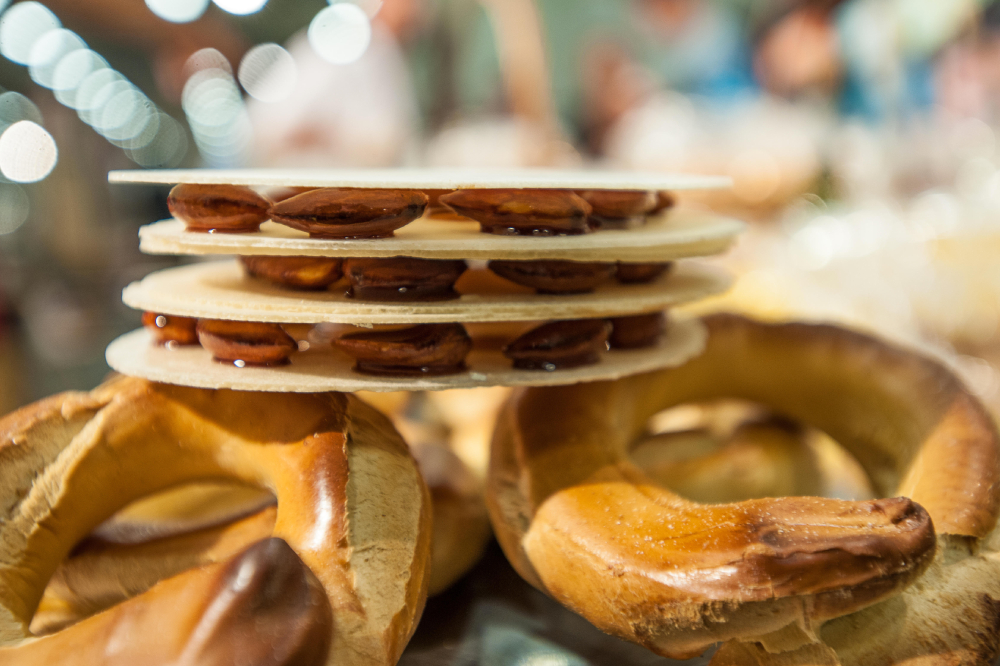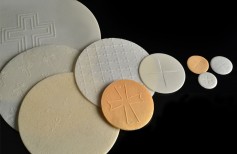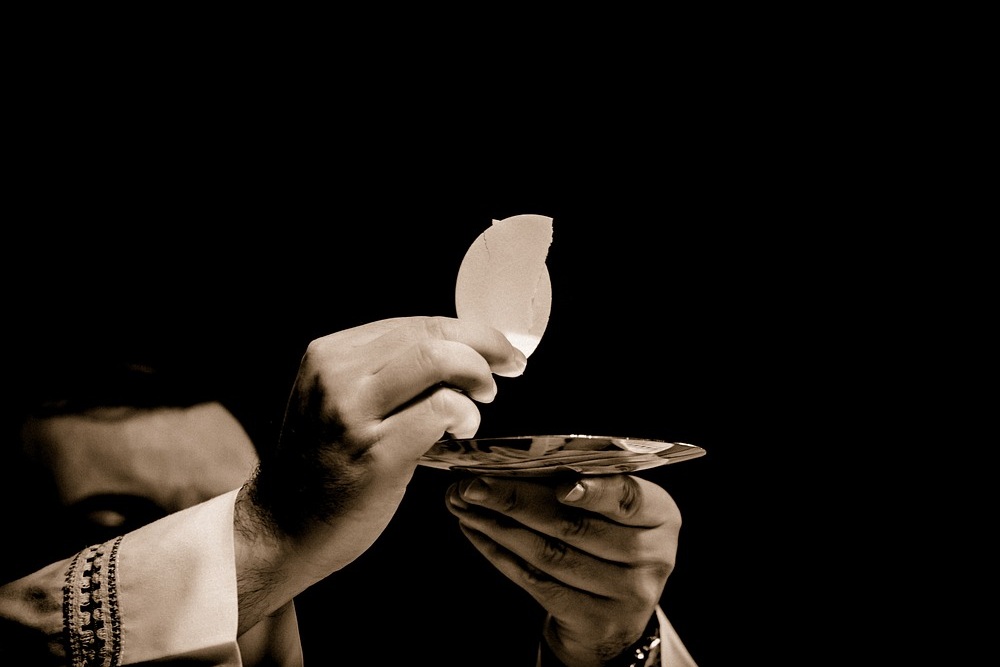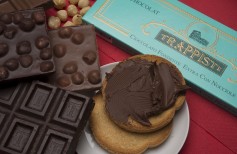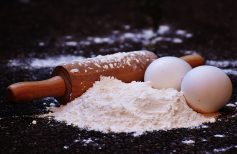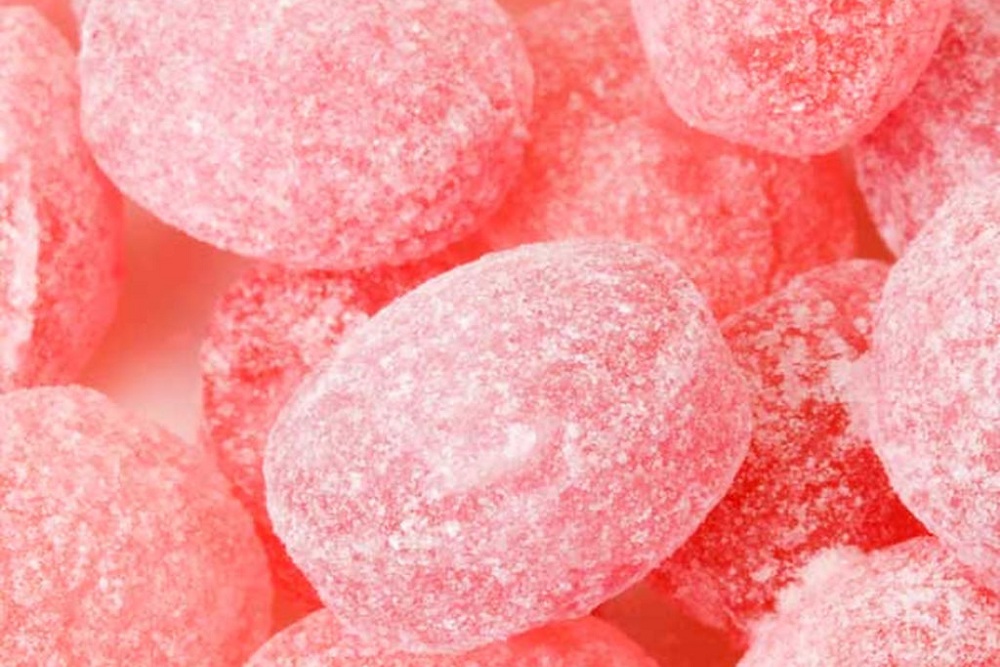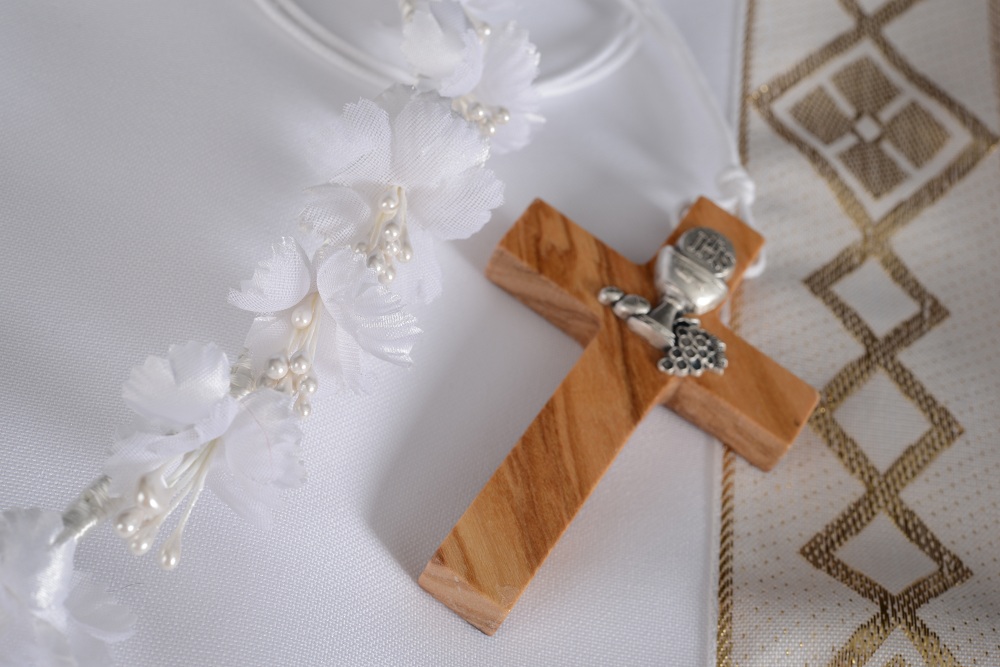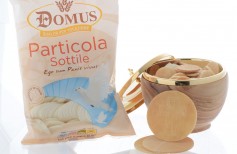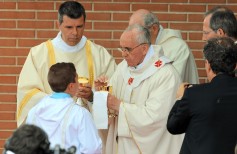Stuffed wafers, a dessert with an ancient and irresistible flavour that evokes an age-old tradition. Let’s discover the most delicious recipes to make at home.
Hearing about stuffed wafers can at first leave you disqualified. We have been accustomed since childhood to associating the wafer solely with the Eucharist. The wafer we are accustomed to knowing is the small unleavened bread wafer that we receive from the priest at the time of communion or the largest that we see in his hands during the Eucharistic blessing. A wafer made only with wheat flour, as established in the Book of Exodus before, and then confirmed by the Congregation for the Doctrine of the Faith, which established that the use of different flours would make the host “invalid for the Eucharist”.
According to the Catholic Church, during the Eucharistic celebration, the host that is consecrated becomes the Body of Jesus. This is by virtue of transubstantiation, which converts the substance of bread into the substance of the Body of Christ. This miracle occurs in remembrance of the Last Supper, when Jesus offered Himself to His apostles and gave them the authority to repeat His sacrifice in the time to come: “Then He took bread, gave thanks, broke it, and gave it to them, saying, ‘This is My body which is given for you; do this in remembrance of Me.'”(Luke 22-19)
The consecrated host thus becomes the Blessed Sacrament, which is placed in the Tabernacle at the end of the Mass, where it remains the object of adoration by the faithful.
Returning to the use of non-consecrated wafers outside the Eucharistic celebration, their use in pastry has ancient origins. Just think that the host is the basis of the preparation of sweets characteristic of our pastry tradition, such as Panforte and Nougat.

All you need to know about the hosts and particles
The host is a wafer of unleavened bread, made with wheat flour, usually circular in shape.
It would have been the nuns of a convent of Poor Clares who first invented the recipe for stuffed wafers. Legend has it that a mixture of caramelised almonds mixed with honey and sugar fell on a kitchen shelf and that the sisters tried to pick it up using unconsecrated wafers, discovering that together the ingredients tasted delicious. This happened in the kitchens of the monastery of the Church of the Holy Trinity of Monte Sant’Angelo, in the province of Foggia, but soon this unexpected sweet spread throughout the monasteries of the country and beyond.
But let’s find out how to prepare the wafers.
How to make the wafers
Today, wafers can be purchased easily at the shops near churches or shrines, but also in companies or shops that sell products to cook desserts. They are also easily available in pharmacies because they are useful in taking some medicines.
And then, of course, there are online shops, like ours, that offer wafers and particles of every diameter and genre, including gluten-free ones for coeliacs.
But actually preparing the wafers in the house is very easy. On the market they also sell the special moulds for wafers, essential for this preparation.
To prepare wafers you need:
- a mould for cooking the wafers
- 1l water
- 500g flour
- extra virgin olive oil to grease the mould
After carefully sifting the flour into a large container, pour the water flush, continuing to mix with a wooden spoon. Stirring is important to prevent the formation of lumps. Once everything is mixed you will get a liquid batter, smooth and a little sticky.
At this point, you must grease the mould with olive oil and heat it on a high flame until it is hot. Pour a tablespoon of dough into the mould, spread it quickly and close the two plates that make it up. Leave to cook for one minute, then turn the mould and complete cooking on the other side. It takes a little caution to detach the wafer from the mould without breaking it, but over time you will shake hands with it.
As you cook your wafers arrange them on a sheet of paper towels, then cover them with a second sheet and put on weight, to help them not to curl and to keep the shape flat.
The wafers thus cooked are kept for many days tightly closed in a plastic bag.
The ingredients of a wafer
We have already mentioned the importance of the ingredients of the hosts destined for consecration. They must be made exclusively with water and wheat flour, the same ingredients as unleavened bread, under penalty of invalidation of the host itself as a material for the Eucharist.
With the increase in cases of celiac disease and gluten intolerance, a production of coeliac wafers has also been activated, made with flour with minimum gluten content, according to rules established by the Congregation for the Doctrine of the Faith.
The wafers and particles present in our catalogue and always available in our online shop are packaged with great care and in absolute compliance with the canonical rules of preparation.

Stuffed wafers
Stuffed wafers of Monte Sant’Angelo
Among the sweet recipes for which the wafers are used, we have already mentioned the stuffed wafers of Monte Sant’Angelo, ‘discovered’ by the Poor Clare nuns of the monastery located in the characteristic village of Gargano.
“The natives of that city make a certain sweet biscuit, composed of almonds and apples (honey), placed between two wafers, so full wafers call it, and with that name they send it as a gift, and for sale.”
This is what a Neapolitan chronicler wrote already at the end of the 18th century, talking about the stuffed wafers of Monte Sant’Angelo. Almonds and honey, therefore, create the exquisite and very energetic cream that makes up the filling of these irresistible sweets. The wafers used to make them are usually oval, about 10 cm long and 5 cm wide.
Here is the recipe for stuffing 10 wafers:
- 300 g toasted almonds
- 250 grams honey
- 50 g sugar
Put a pan on the heat and pour in the almonds, stirring for a few seconds. Then add the honey and lastly the sugar. It is important to continue mixing with a wooden spoon to help the ingredients melt and blend without sticking to the bottom of the pan. It will take about 30 minutes of cooking on a gentle flame. In this way, you will get a very dense caramel, which will be removed from the fire and left to rest for a few minutes.
When it is lukewarm, spread it on five wafers and use as many to cover the mixture. Then place the cakes in layers thus obtained under a wooden board with weights and allow them to cool.
The stuffed wafers of Monte Sant’Angelo are kept for a long time in hermetically sealed containers.
Wafers filled with Agnone
Agnone, in Molise, also has a special recipe for stuffed wafers. The full wafers of Agnone are prepared especially during the Christmas holidays, but not only. Also for this recipe, you need a mould to cook wafers, the only tool that can make them thin and crispy at the right point.

Here is the recipe for making stuffed wafers with Agnone:
- 750 g honey
- 500 g sugar
- 500 g dark chocolate
- 100 g bitter cocoa
- 500 g shelled almonds
- 700 g walnut kernels
- cinnamon
- an orange
- 1 lemon
In this preparation too, honey and sugar must be melted to form caramel. It is better to melt the honey alone first, in a bain-marie, and when it becomes amber add the sugar, then the chopped chocolate and the bitter cocoa. Allow boiling for a few minutes, making sure that the mixture does not stick to the bottom of the pan, then add the almonds and chopped walnuts. The cream must mix well, and for this, you must continue to mix with a wooden spoon for at least ten minutes. Once the pan is removed from the heat, sprinkle with cinnamon and add the grated citrus peel. With this rich filling spread the surface of the wafers and then cover with other wafers and put them under a weight to give them the shape.

